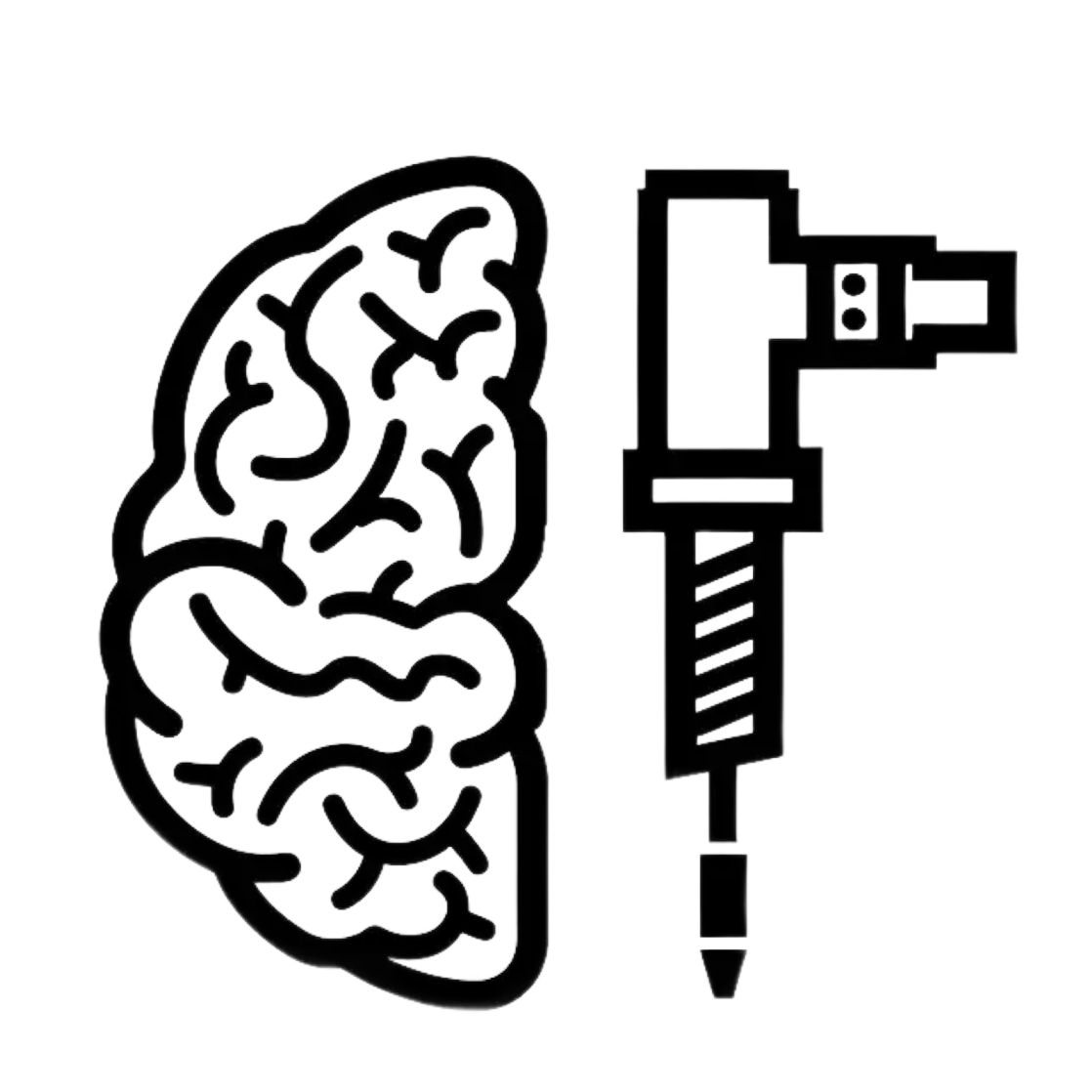Predictive Intelligence Overview
Understanding Mineflow's advanced AI-driven predictive capabilities for mineral exploration.
Beyond Traditional Estimation
Mineral exploration has long relied on traditional interpolation methods like Kriging, Inverse Distance Weighting, and Nearest Neighbor to estimate values between known data points. While these methods have served the industry, they have fundamental limitations in capturing the complex, non-linear relationships that characterize real-world mineral deposits.
Traditional estimation methods make simplifying assumptions that don't capture the true geological complexity:
- Linear relationships: Most traditional methods assume linear relationships or simple distance-based relationships between data points
- Stationary statistics: They assume that statistical relationships are consistent throughout the entire domain
- Limited pattern recognition: They can't identify complex, multi-variable patterns that may indicate mineralization
- Single data type focus: Traditional methods typically work with one data type at a time rather than integrating multiple data sources
As shown in the table above from Leapfrog, each traditional estimator method has specific limitations. Even advanced methods like Ordinary Kriging and RBF still rely on assumptions that don't fully capture the complexity of real mineral systems.
Key Advantages of Mineflow's Predictive System
1. Multi-Data Integration
Unlike traditional methods that typically work with a single data type, Mineflow can simultaneously analyze multiple data types, including:
- Drill hole assays and lithology
- Surface and subsurface geochemistry
- Geophysical measurements
- Structural data
- Remote sensing information
- Historical exploration data
This integration allows our models to identify subtle relationships that might be missed when analyzing each data type in isolation.
2. Advanced Feature Engineering
Mineflow automatically extracts and creates relevant features from your raw data:
- Geochemical ratios and associations
- Distance to key geological features
- Structural complexity measures
- Stratigraphic position indicators
- Multi-element patterns
3. Comprehensive Model Selection
Mineflow offers a wide range of advanced predictive models, each with specific strengths for different exploration scenarios. Our system can automatically select the optimal model based on your data characteristics or allow you to choose specific approaches.
See our Models page for a detailed breakdown of available models and their applications.
4. Uncertainty Quantification
Mineflow doesn't just provide predictions—it also quantifies uncertainty to help you make informed decisions:
- Confidence maps for predictions
- Probability distributions for predicted values
- Sensitivity analysis for different input parameters
- Multiple scenario modeling
